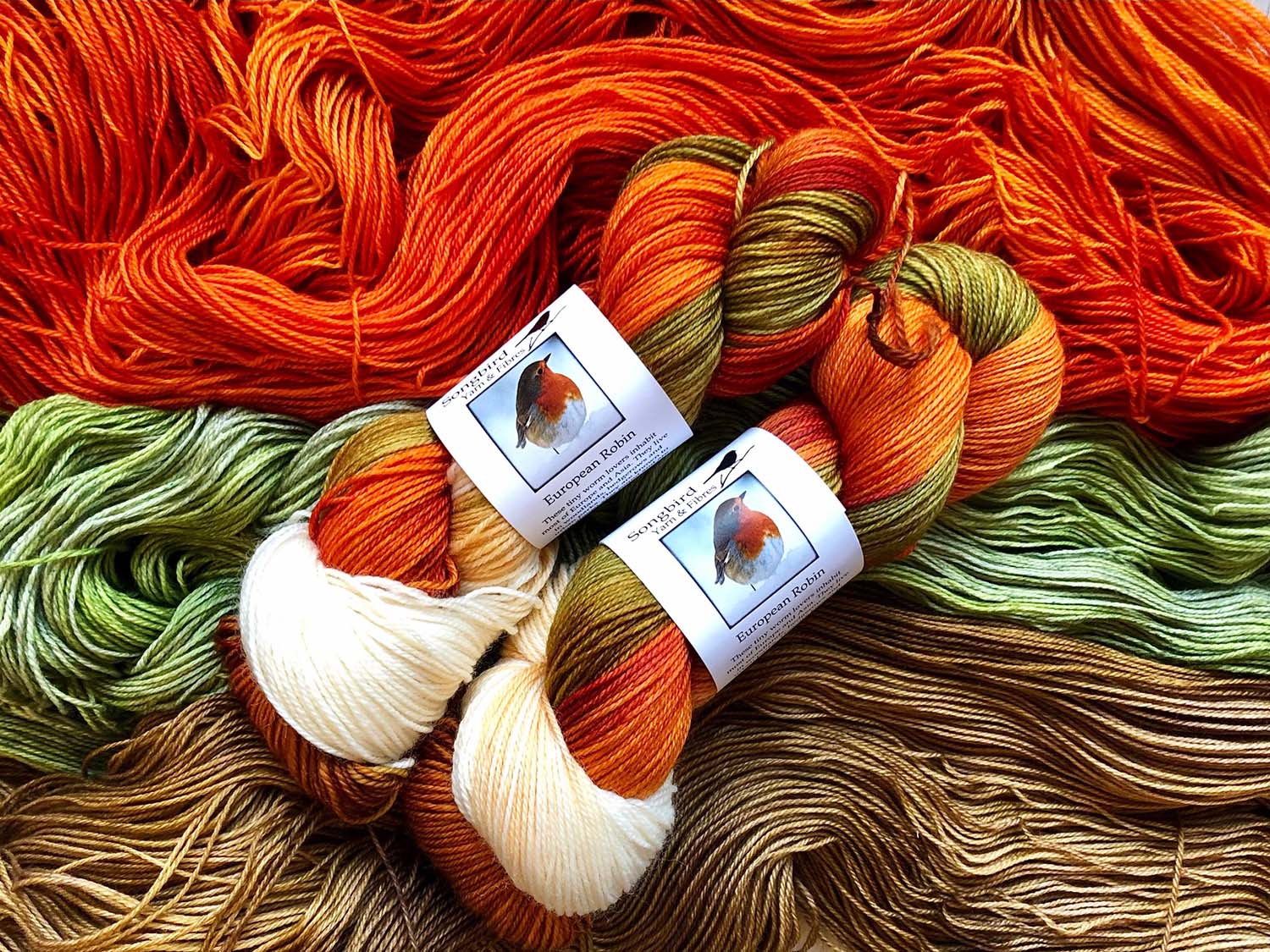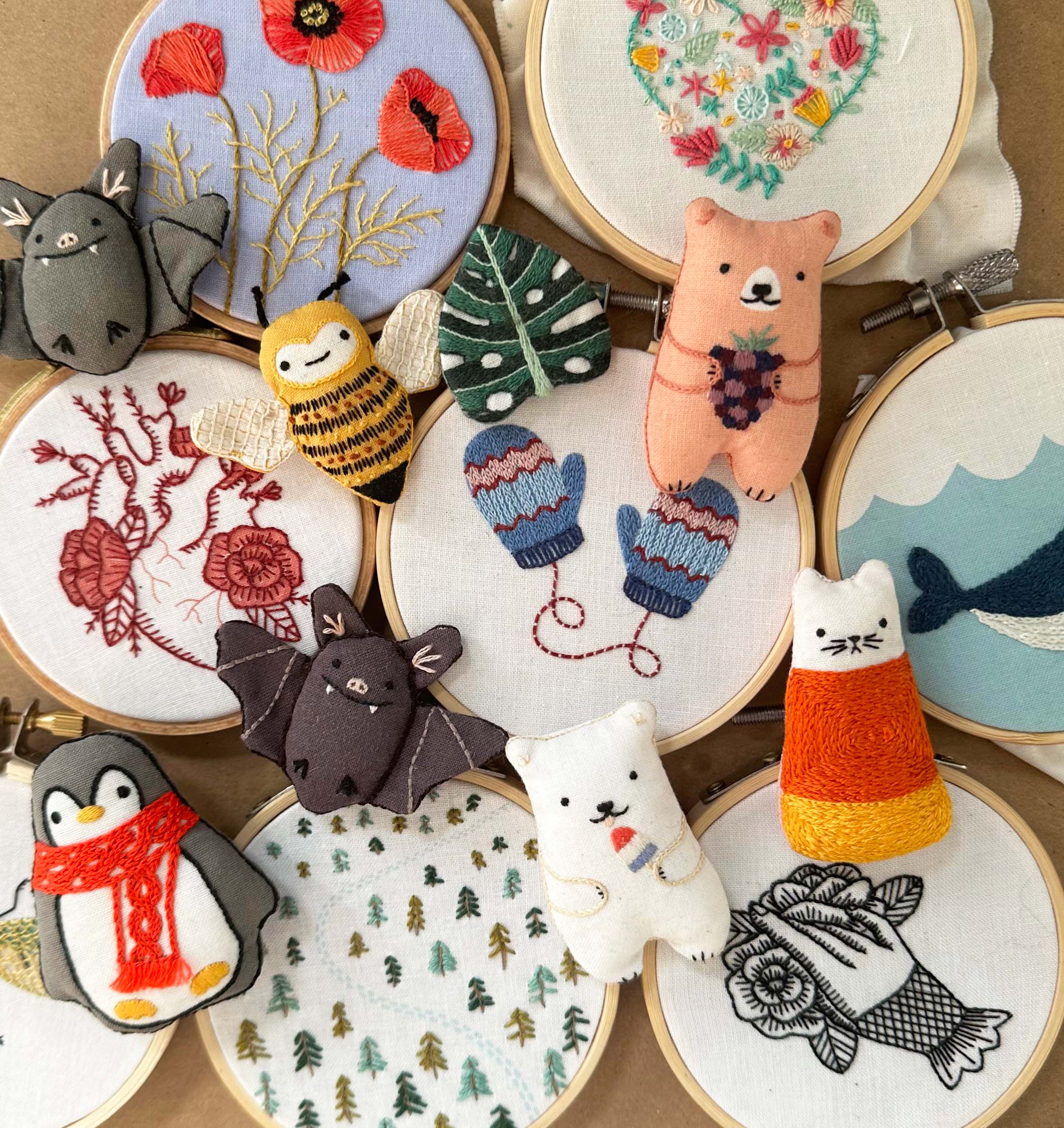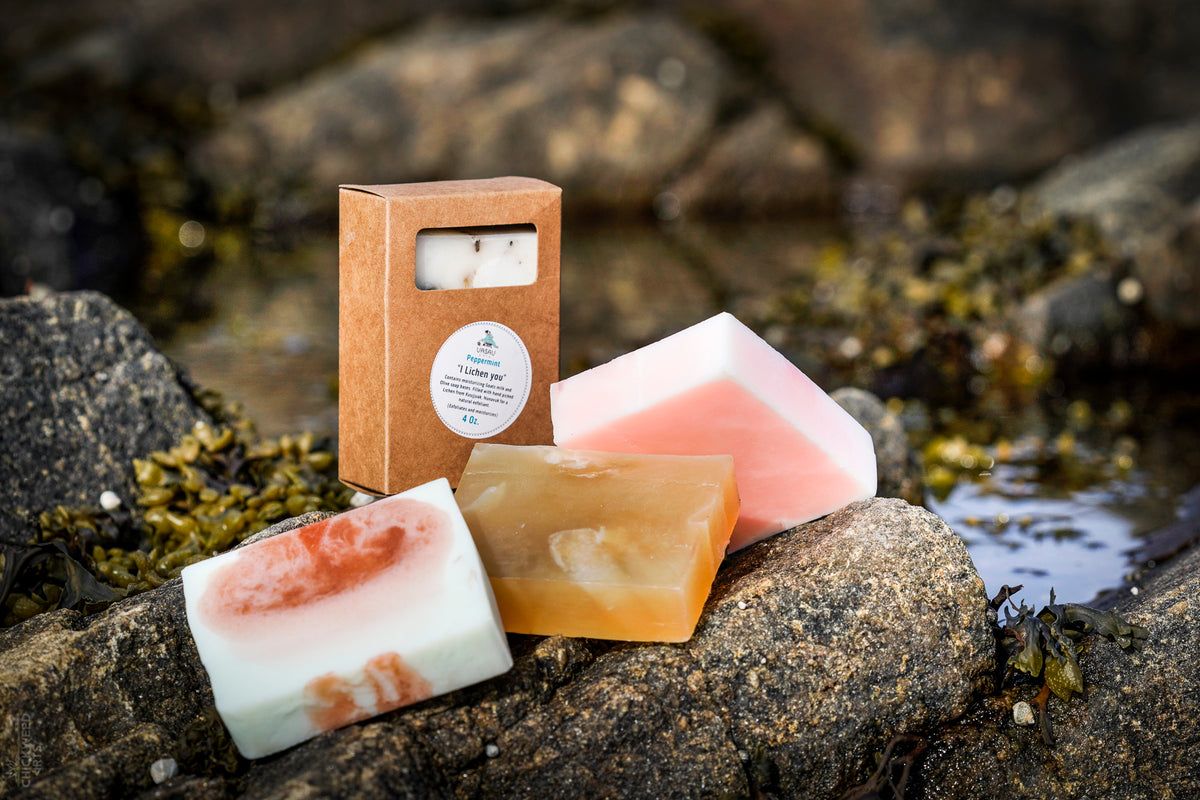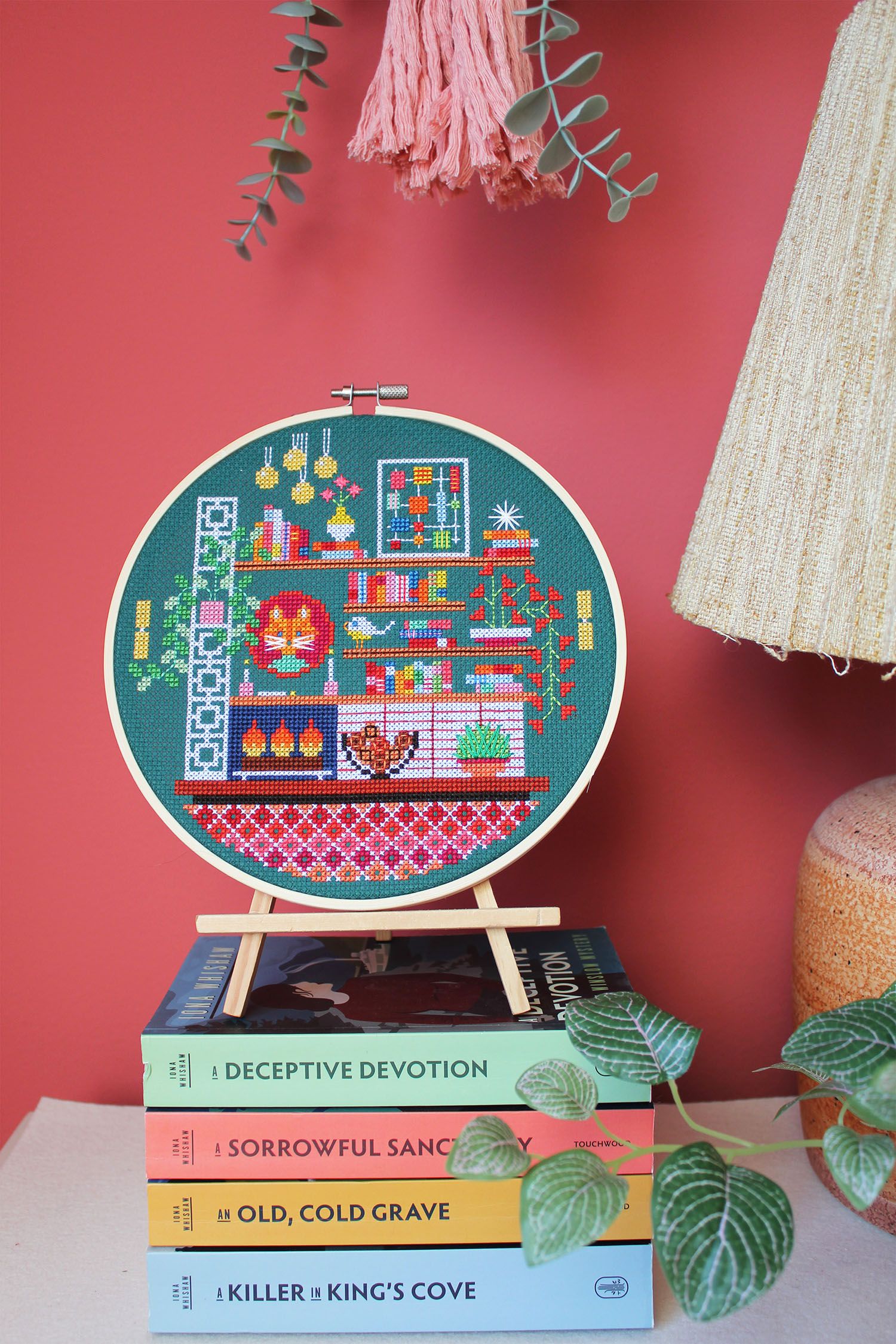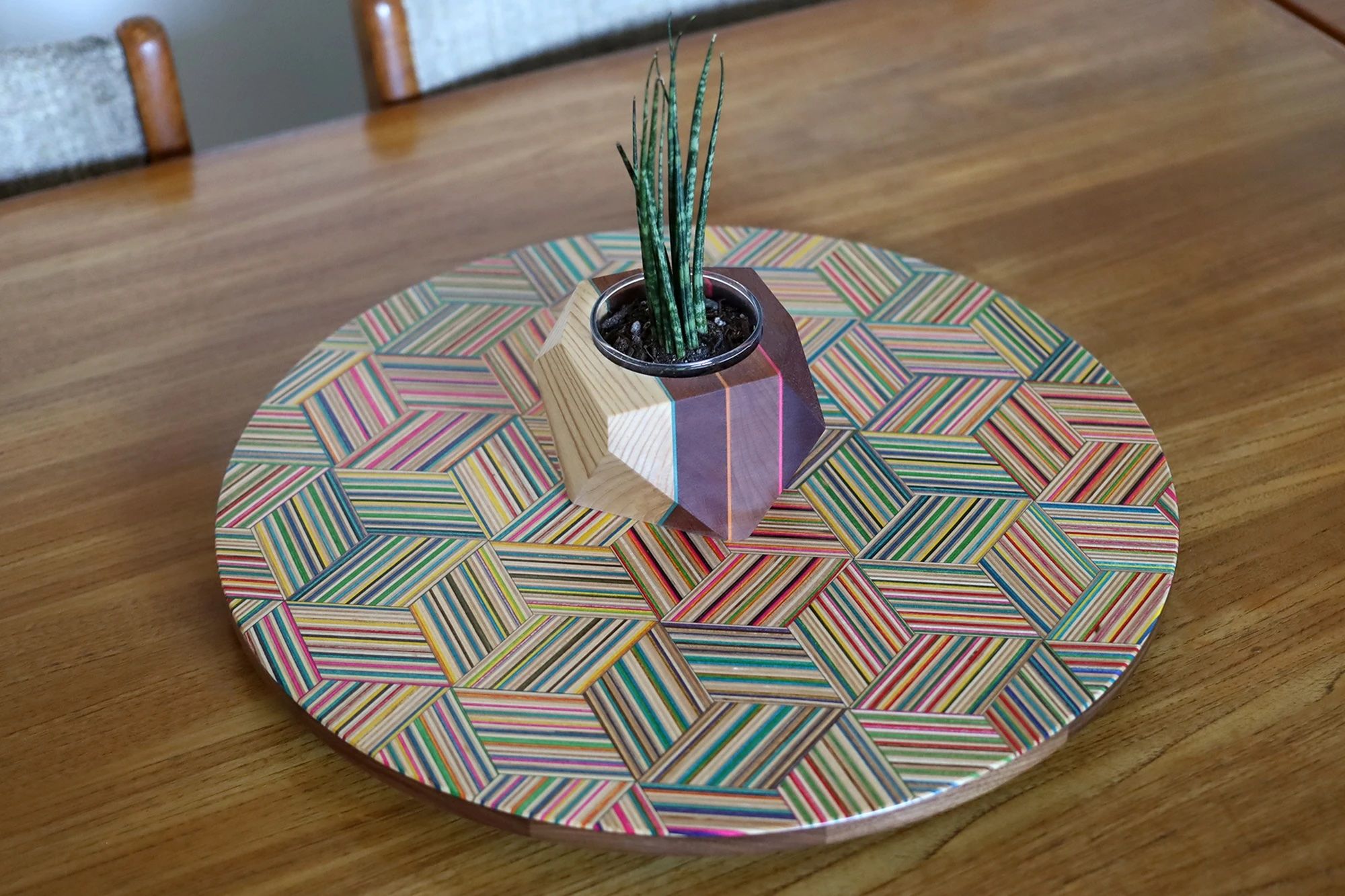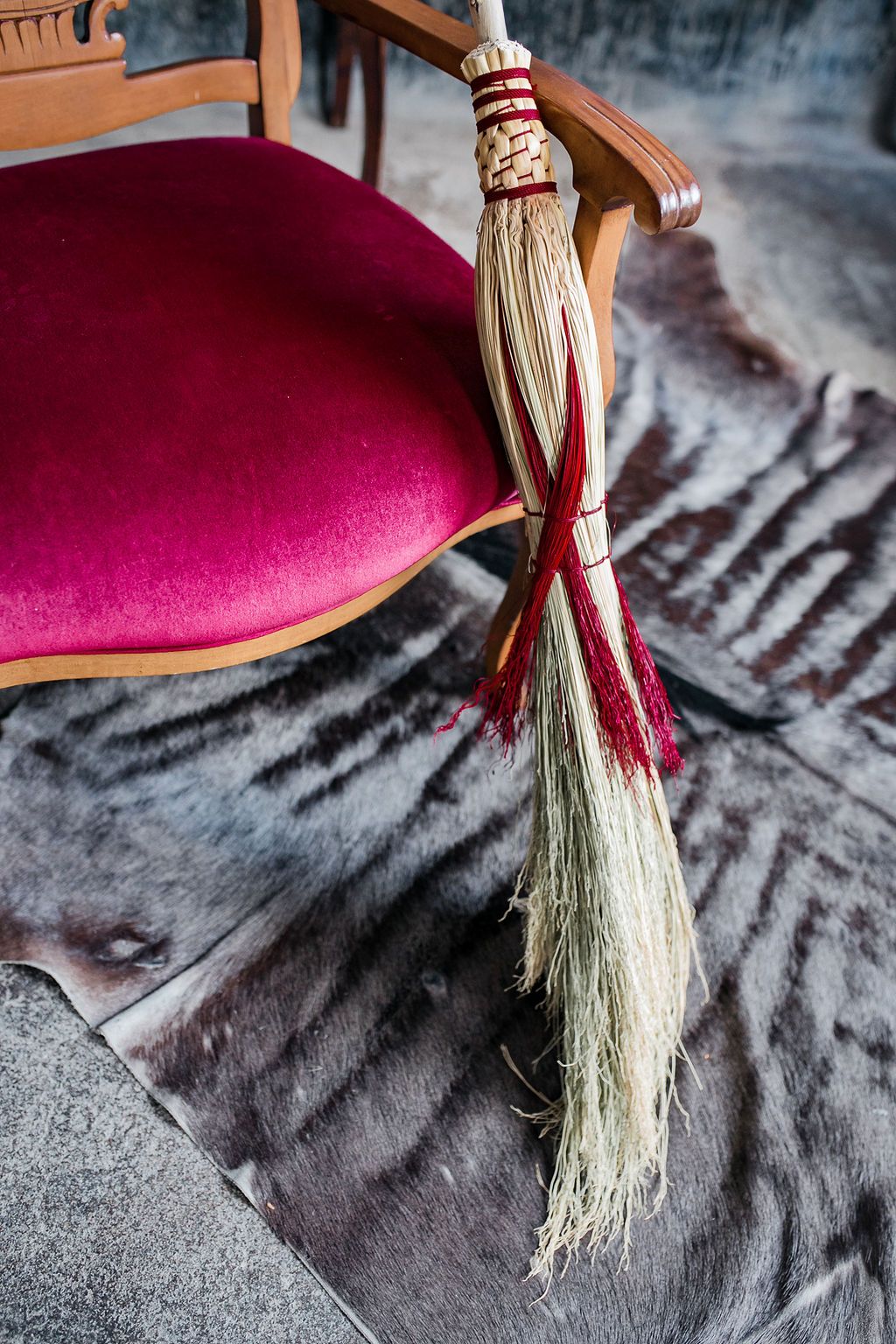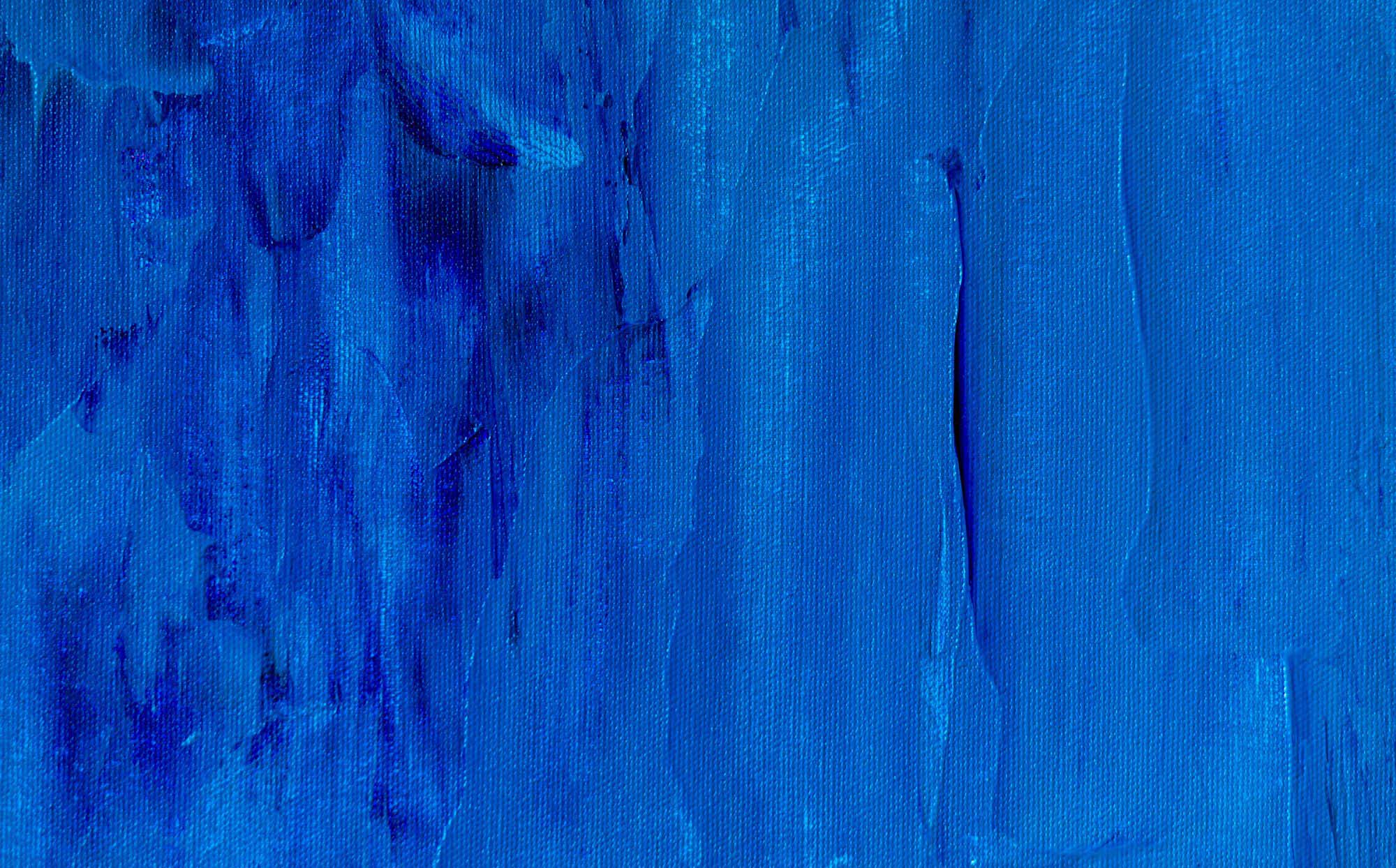Sometimes, a product almost markets itself. Case in point: Songbird Yarn & Fibres in Stratford, Ont. Owner Vicki Ryder is a longtime birder and “fibre fanatic,” and one spring day in 2017, the idea struck her: she could dye yarn in colours inspired by birds.
An elementary school teacher at the time, Vicki started experimenting that summer. She learned to dye from YouTube and an online course with Vancouver yarn manufacturer Sweetgeorgia, and found that the colours “just poured out of me.”
After a year and a half of running the business as a side hustle, squeezing in dyeing and shows on evenings and weekends, Vicki took a leave of absence from her job to “try to make a go of it.” Good timing — that was the 2019-20 school year. And it worked out: she resigned the next year, to make Songbird her full-time gig.
Here, Vicki chats with us about what it’s like to be a yarn dyer, what makes her product distinct and how she stays inspired.
Workshop: Tell us about your yarn.
Vicki Ryder: My use of colour is very different than a lot of yarn dyers. I don't do a lot of speckling. I don't do soft, muted colours. Most of mine are vibrant with very defined lines in the colour changes. I think that draws people's attention. People will come into my booth at a yarn show and say, “Wow, your colours are great!” I'll say, “Yeah, they're all inspired by birds,” and then they'll go, “What? Oh my god!” So there's that second level. Even if they're not a birder, they know somebody who is. Like, “My grandfather loved cardinals,” or “My daughter works banding puffins in Newfoundland.” There's always some connection. That really helps seal the deal.
W: Do you think your more popular colourways are popular because of the colours or because of the birds?
VR: On any given day I think it changes back and forth. I have a few colourways that I sell a lot of, I think, based on the birds. A lot of people buy cardinal because when they see a cardinal it reminds them of a loved one. But it's also a really rich red and black, so it's a good colour combo for knitting. I don't think it's necessarily that people are shopping by colour or by bird, it's just maybe a comfort. They see the colour and they can associate it with the bird.
On my website I have pictures of the birds that go with the yarn. I have some birds that aren't North American, that people wouldn't necessarily recognize off the top of their head. But I want them to see that it's still inspired by a bird, and this is the colourway that goes with it. Nicobar pigeon is another popular one. It's an Indian pigeon with purples and greens and blues in it. I think it’s a popular colourway because of the rich colours. I don't think they're buying it because they like pigeons.
W: What kind of yarn do you use?
VR: Sock yarn is what I sell the most of by far. It's 80 percent superwash merino, 20 percent nylon. It's beautiful for shawls and wraps and a fairly common blend for sock yarn. I also do a worsted weight, a sparkle sock weight and a bulky. And if somebody wants it, I can dye a DK weight or sport weight. People don't typically knit sweaters with my yarn because it's busy. Primarily people are making shawls, socks, hats or mitts, which take one or two skeins. But I can dye sweater quantities and lots of people have made sweaters, including me. I also dye mohair silk, which is great paired with a sock weight in a sweater.
W: I found your yarn through a charity auction for the Pelee Island Bird Observatory. Do you participate in a lot of charitable endeavours?
VR: For every skein I sell, I donate $2 to Birds Canada. I’ve donated more than $20,000 over the last five years — it really adds up. I've helped with a piping plover project in Wasaga Beach. I did something with a foundation that was trying to save Kirtland’s warblers. I did one for an auction in Quebec. As long as it's associated with birds, it's a no-brainer. I also do Be a Freaking Unicorn to raise money for local LGBTQ+ groups.
W: What was it like to first knit something with your own yarn?
VR: I can't even remember the first things I knit with my yarn. It was probably socks. It was neat seeing how it transformed from my idea of what it would look like to what it did. It's satisfying to see something that you've created turn into something. But I think the thing that I liked better was when I started getting customers tagging me with things they had made.
W: That must be a really cool feeling.
VR: When I go to a yarn show, I get all the warm fuzzies there too. People say, “Oh my gosh, it's so great to meet you, I follow you on Instagram.” You feel like you’re getting your 15 minutes of fame. And a lot of people will wear something that they've made with your yarn, and they'll come to your booth, so you take pictures with them. It's fun.
W: What is it about yarn dyeing that keeps you engaged?
VR: I never tire of mixing the colours and playing with how they work together. I also like self-employment. I like coming up with new ideas. I like being able to control everything. I order the product and I dye the yarn, and I skein it and I label it, and I put it online. I like corresponding with customers. I just like that whole individual thing. I'm reliant on myself. If I don't do it, nobody's going to do it.
I worked out of my kitchen for the first three and a half years. It was fine. But I had induction burners on my counter and plastic wrap all over the place. I'd truck stuff to the bedroom and back to the kitchen every day. Here in my studio, I've got a little eight-by-10 shop at the front, and then the whole back with a bathroom. I'm totally self-sufficient.
Each time I do a colourway, it's fun to do. And I've got it down — I have all my recipes written down and I'm pretty careful. I tell people, if they're going to buy more than two or three skeins I'll dye it in a batch for them so that it'll all match. But batch to batch, they match pretty well. I was dyeing cardinal or maybe ruby-throated hummingbird the other day. It was Lot 80, so I've dyed 80 lots of it in five years. And I could still dye another 80 lots. I'm not tired of doing it. I look forward to going into work every morning.
This interview has been edited and condensed for clarity.

